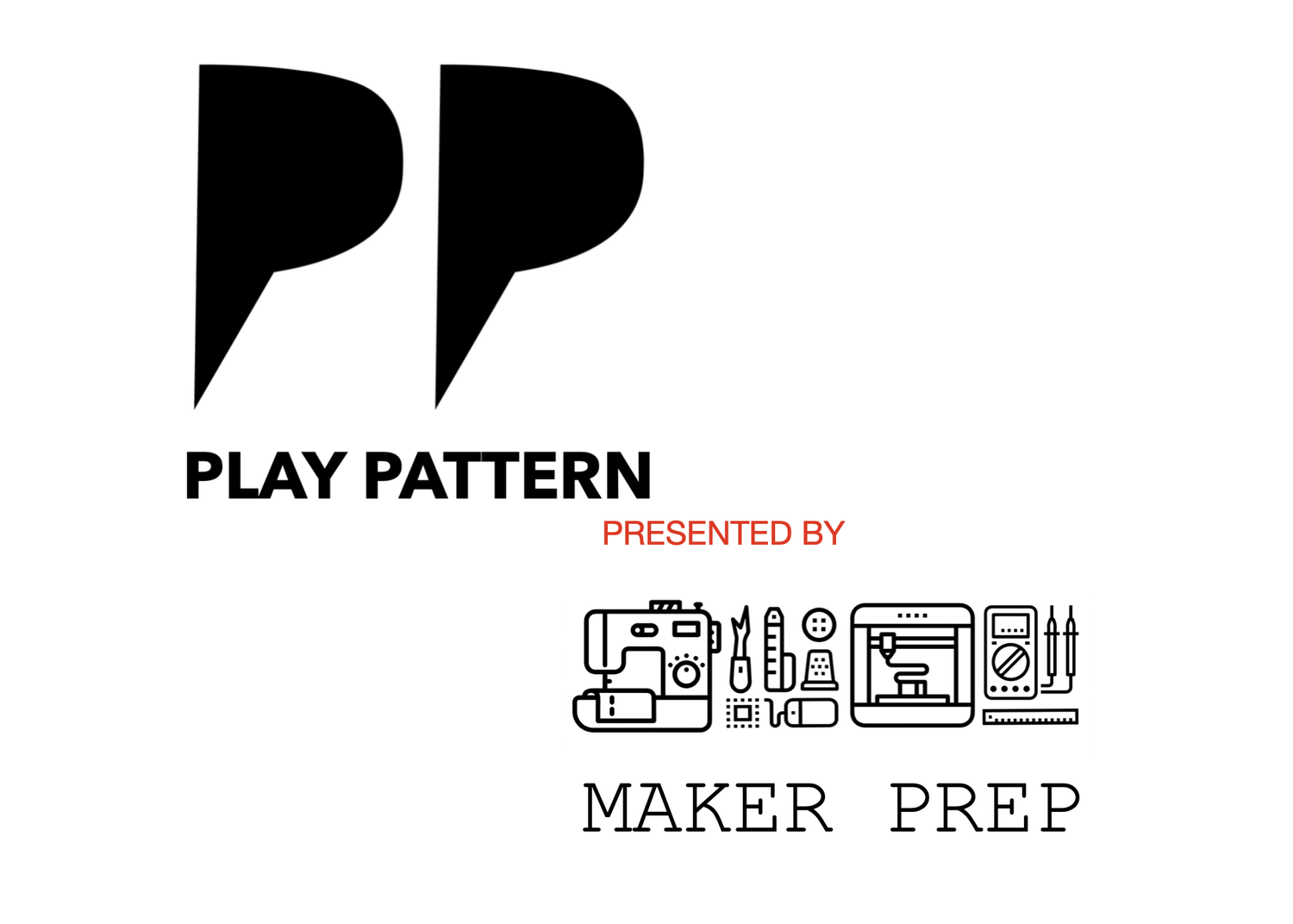Paper Marble Run Challenge – Classroom Edition
Objective:
Student teams will design, build, and test a marble run using only paper and tape. Teams compete for points based on creativity, engineering skill, and performance.
Setup & Materials (Per Team)
8–12 sheets of cardstock or construction paper
Scissors
Clear tape or masking tape
Ruler and pencil
1 marble
Optional: Large cardboard base
(Teacher Note: Give each team the same amount of materials to keep the challenge fair.)
Class Flow
1. Team Formation & Rules (10 minutes)
Divide students into teams of 3–5.
Explain the challenge:
“Your team will build the most creative and functional marble run possible in 45 minutes. Your goal is to design a run that keeps a marble moving smoothly from the top to the bottom while earning points for speed, creativity, and complexity.”
2. Building Time (45 minutes)
Teams sketch their designs (5 minutes).
Build the marble run (40 minutes).
Encourage testing throughout (teams can adjust angles, supports, and connections).
3. Testing & Competition (20 minutes)
Each team presents their marble run, then tests it live in front of the class.
Scoring System (100 Points Total)
Functionality (40 points)
Marble travels from start to finish without falling off: 40 points
Marble gets stuck 1–2 times: 30 points
Marble fails completely: 10–20 points (based on effort/design)
Creativity (20 points)
Unique features (loops, funnels, jumps, tunnels): +5 points each (max 20)
Complexity (20 points)
More than 5 ramps, turns, or elements: 10 points
Over 2 feet tall OR includes a moving part (e.g., a swing/jump): +10 points
Speed vs. Endurance (20 points)
Fastest run time (top 3 teams): 10, 7, 5 bonus points
Longest time (slowest controlled run without stalling): 10, 7, 5 bonus points
(Encourages creative engineering – some teams aim for speed, others for longest continuous motion.)
Classroom Twist: Bonus Rounds
Team Showdown: Teams can challenge another team to a “race-off” — both marbles run simultaneously, winner gets +5 points.
Remix Challenge: After the first run, teams can use 5 extra minutes to make 1 major improvement (e.g., add a loop, make it taller). Best improvement gets +10 points.
Winning & Reflection
The team with the highest total points wins a small prize (or classroom bragging rights).
Wrap-up discussion:
What design choices worked best?
How did testing and iteration improve your run?
How do concepts like gravity, friction, and angles affect performance?
